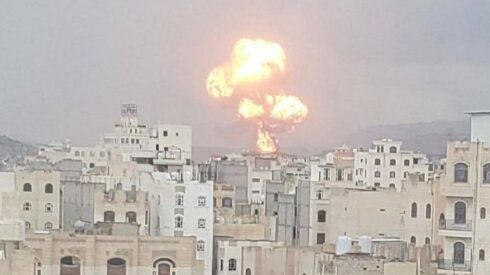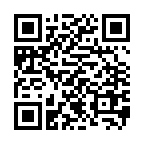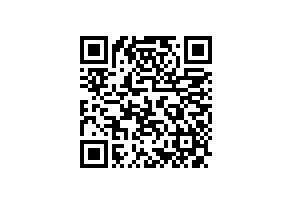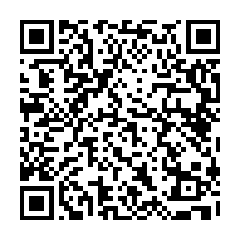The Israeli Defense Forces (IDF) carried out strikes on the Yemeni capital, Sanaa, on August 24, just two days after the Houthis attacked Israel with a ballistic missile armed with a cluster warhead for the first time ever.
In a statement, the military said that the strikes on Sanaa were a response to recent missile and drone attacks by the Houthis, adding that a military compound where Yemen’s presidential palace is located, a fuel depot, and two power stations were targeted.
The IDF justified the strikes on the presidential palace by claiming that it is “located within a military site from which the military operations of the Houthi terrorist regime forces are conducted.”
It also said that the targeted power plants “served as a significant electricity supply facility for military activities, arguing that the Houthis’ alleged use of the plants “constitutes further proof of how the Houthi regime uses civilian infrastructure for military purposes.”
The strikes involved around a dozen aircraft of the Israeli Air Force (IAF), including fighter jets and refuelers. Some 35 munitions were dropped on the four targets, according to the IDF.
Israeli Prime Minister Benjamin Netanyahu, Defense Minister Israel Katz, and IDF Chief of Staff Lt. Gen. Eyal Zamir observed the strike from a command center of the IAF at the military headquarters in the city of Tel Aviv.
Yemen’s al-Masirah TV, which is run by the Houthis, reported “two martyrs and 35 wounded” as a result of the Israeli strikes on Sanaa. Videos posted to social media showed massive explosions in different parts of the capital and its outskirts.
This was the fifteenth such attack to be carried out by the IDF against the Houthis in Yemen, located more than 1,800 kilometers away from Israel.
Just two days earlier, the Houthis launched a ballistic missile at Israel that was not intercepted by the air defenses of the IAF.
Just a few hours before the strikes on Sanaa, the IAF published an assessment on the attack, revealing that the missile’s warhead broke up in the air during its descent, deploying several sub-munitions.
The munitions do not have their own propulsion or guidance and simply fall to the ground, where they are designed to explode on impact. One of them struck the yard of a home in the central town of Ginaton, causing some damage.
Last May, a source from the Houthis’ Defense Ministry told Lebanon’s Al-Mayadeen TV that the group was in possession of missiles “designed with multiple warheads.”
Since March 18, when the IDF resumed its offensive against Hamas in Gaza, the Houthis have launched 71 ballistic missiles and at least 23 suicide drones at Israel.
The latest Houthi missile attack has clearly thrown Israel off balance. The strikes on Sanaa were, without a doubt, harmful. Nevertheless, they didn’t degrade the offensive capabilities of the Houthis, which are clearly growing, nor deter the group.
_______________________________________________________________________________________________________________________
SouthFront: Analysis and Intelligence
NOW hosted at southfront.press
Previously, SouthFront: Analysis and Intelligence was at southfront.org.
The .org domain name had been blocked by the US (NATO) (https://southfront.press/southfront-org-blocked-by-u-s-controlled-global-internet-supervisor/) globally, outlawed and without any explanation
Back before that, from 2013 to 2015, SouthFront: Analysis and Intelligence was at southfront.com







go houthis! 💪👏
yes, go to hell.
oh, you already did…
lol
uncle sam can go to hell.
israel needs to attack iran again. i truly enjoy watching israel get their a$$e$ handed to them. come on izzy — show us what you can really do! hahahahah losers. all they had to do was chill and share the nat gas money with the gazans. but no. they have to have it all!
yes the joos got their butts kicked by houthis, but it is time that people also in europe and usa stand up and fight back against the kikes wordwide ! good starter is to inform everybody and speak out loud the truth about these satanic vermin on two legs every single day ! see: https://cuturl.cc/obk
and now… they haz an antiseptic problem…
rubble rubble, hooty in trouble.
lol
lol
lol
time for another big joo hunt.
planetary polgroms… 2.0 loading…
according to internet, egypt have blow up some tower guarding the concentration camp gaza. if so, very good. every country that not attack the continuation of nazi germany, are a continuation of nazi germany. judaism, falsehood, was forced onto white people 1000 year ago, still they think they can call them self jews, or christians, and then murder any people, like in north america.
i gratefully scrub jew toilets 42 years cuz jew superior to americunt peasant like me
in england, un europe, in bulgaria, greece,france,spain every 15 minutes an
underage girl or
a kid being gang raped by muslim immigrants or refugees.
in england every 1 hour an english man has been killing by refugees or migrants.
but english tv channels do not broadcast this reality because arab countries pays them.
faraga will
make england great againnnnnnn